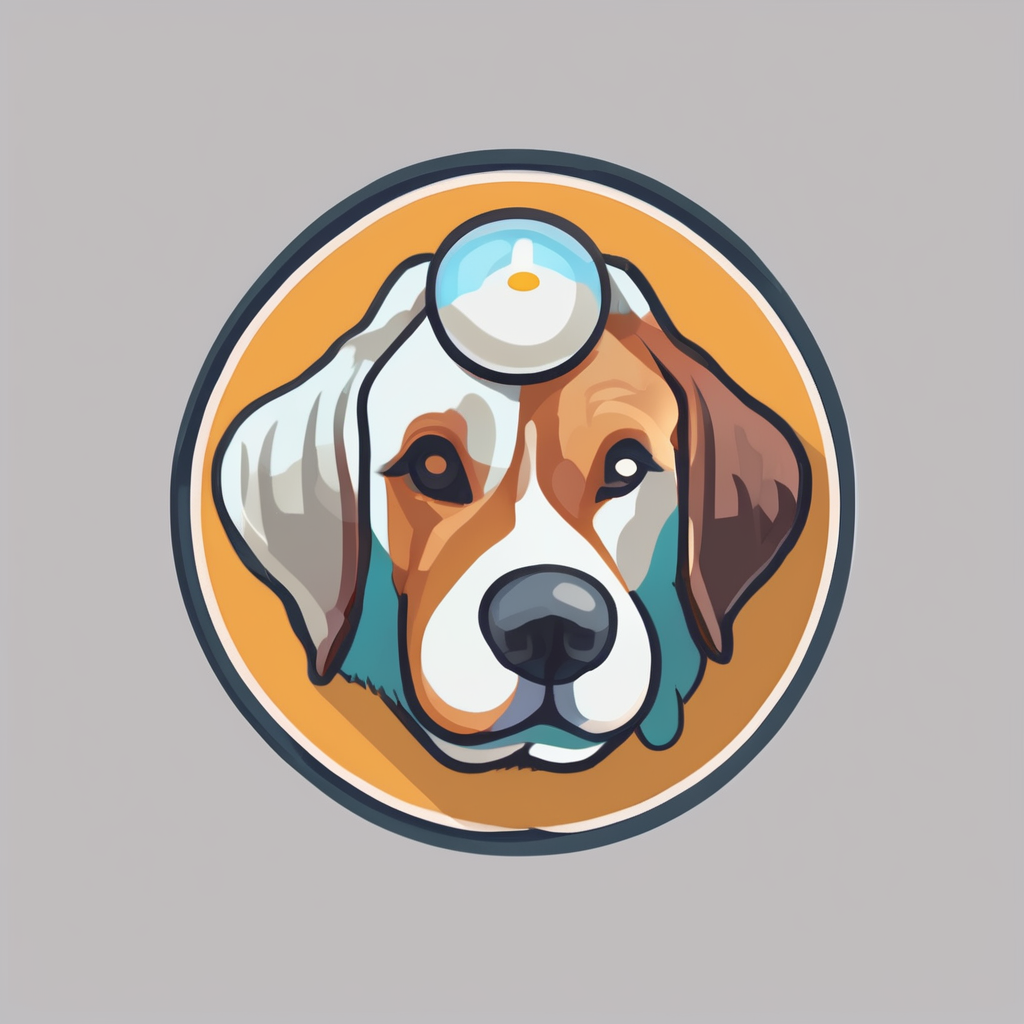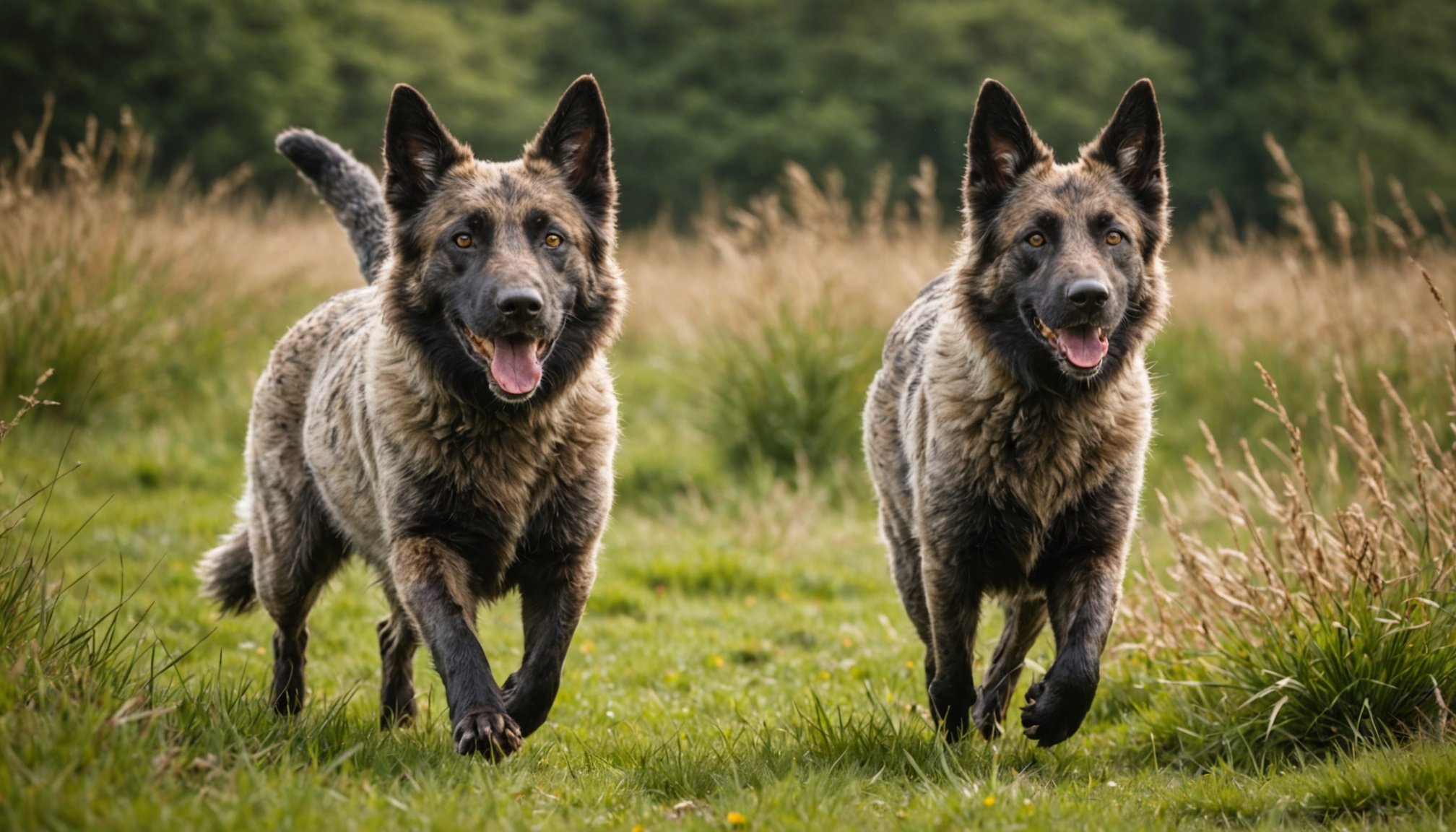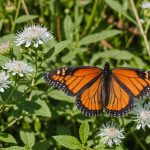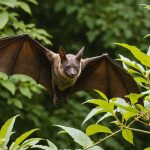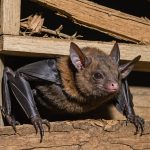Unraveling the UK’s Game Plan: Tracking and Preventing Wildlife Disease Transmission from Pets to Nature
Understanding the Landscape of Wildlife Diseases in the UK
The United Kingdom, with its rich biodiversity and extensive agricultural practices, faces a complex challenge in managing the transmission of diseases between pets, wildlife, and farm animals. One of the most pressing issues is the spread of bovine tuberculosis (bTB), a disease that has significant implications for animal health, human health, and the economy.
Bovine Tuberculosis: A Persistent Threat
Bovine tuberculosis, caused by the bacterium Mycobacterium bovis, is a major concern in the UK, particularly in the west and south-west of England and eastern Wales. This disease affects not only cattle but also wildlife, including badgers, and can be transmitted to domestic pets such as cats and dogs[1].
Cela peut vous intéresser : Must-have plants for uk gardens: key species to support native butterfly habitats
| Species | Infection Rate | Transmission Methods |
|
|----------------|
|
| Cattle | High | Direct contact, contaminated pasture |
| Badgers | 4-6% | Contaminated pasture, dung |
| Domestic Cats | Rare | Contact with infected animals |
| Deer | Variable | Contaminated pasture, direct contact |
| Other Livestock | Variable | Contaminated pasture, direct contact |
Research has shown that the spread of bTB is not primarily through direct contact between badgers and cattle, but rather through contaminated pasture and dung. This has significant implications for farm practices, such as the spreading of slurry, which can inadvertently spread the disease[1].
The Role of Badger Culling in Disease Control
One of the most controversial methods of controlling bTB in the UK is badger culling. This practice is permitted under licence and aims to reduce badger numbers in areas where bTB is prevalent.
A découvrir également : Essential strategies for creating bat-friendly environments in rural uk: unveiling expert best practices
The Science Behind Badger Culling
The Randomised Badger Culling Trial (RBCT) conducted in the early 2000s provided critical insights into the effectiveness of badger culling. The trial found that reactive culling, where badgers were culled in response to bTB outbreaks in cattle, actually increased bTB outbreaks in the surrounding areas by 27%. This led to the suspension of reactive culling in 2003[1].
Despite this, some argue that proactive culling, where badgers are culled in areas with high bTB prevalence, could be more effective. However, experts continue to debate the efficacy and ethical implications of such measures.
Other Wildlife Diseases: A Broader Perspective
While bTB is a significant concern, it is not the only wildlife disease that poses a risk to animal and human health in the UK.
Epizootic Haemorrhagic Disease (EHD)
Epizootic haemorrhagic disease (EHD) is a viral disease that primarily affects deer and cattle but can also impact other ruminants. Although there have been no reported cases in Great Britain, outbreaks in southern Europe highlight the potential risk of importation through infected animals or their products[2].
- Clinical Signs:
- Anorexia, dejection
- Lameness, stiff gait
- Congestion, lip/mouth ulcers
- Conjunctiva, watery eyes, bulging eyes
- Periocular oedema, nasal discharge
- Transmission:
- Via arthropod vectors, principally Culicoides biting midges
- Prevention and Control:
- Good biosecurity practices
- Avoid importing susceptible animals from affected countries
The One Health Approach: Integrating Human, Animal, and Environmental Health
The concept of One Health emphasizes the interconnections between human, animal, and environmental health. This approach is crucial in addressing the complex issues surrounding disease transmission.
Why One Health Matters
“One Health is an integrated, unifying approach that aims to sustainably balance and optimize the health of people, animals, and ecosystems,” explains the World Wildlife Fund (WWF). This approach recognizes that the health of humans, domestic and wild animals, and the environment are closely linked and interdependent[4].
Practical Steps in Preventing Disease Transmission
Preventing the spread of diseases from pets to wildlife and vice versa requires a multi-faceted approach.
Biosecurity Measures
- Farm Practices:
- Ensure good ventilation in cattle housing to reduce the spread of bTB.
- Avoid spreading slurry in areas where badgers are present.
- Pet Owners:
- Keep pets up-to-date with vaccinations and health checks.
- Avoid contact between pets and wild animals.
- Import Regulations:
- Strictly adhere to import regulations to prevent the introduction of diseases like EHD.
Public Awareness and Education
Public awareness is key in preventing disease transmission. Here are some steps that can be taken:
- Reporting Suspected Cases:
- If you suspect a disease outbreak, report it immediately to the local Animal and Plant Health Agency (APHA)[2][3].
- Community Engagement:
- Educate local communities about the risks and prevention methods.
- Encourage collaboration between farmers, pet owners, and wildlife conservationists.
The Role of Research and Science
New research and scientific findings are essential in developing effective strategies to prevent disease transmission.
Recent Findings and Implications
- GPS Tracking:
- Research using GPS collars has shown that badgers and cattle rarely come into close contact, suggesting that direct transmission is less likely than previously thought[1].
- Vaccine Development:
- Efforts to develop vaccines for diseases like bTB and EHD are ongoing, but more research is needed to make these vaccines widely available and effective.
Quotes from Experts
- “The expansion of the cull flies in the face of scientific evidence,” said a leading expert, highlighting the need for evidence-based policies in disease control[1].
- “One Health is not just a concept; it is a necessity in today’s interconnected world,” emphasizes a WWF spokesperson, underscoring the importance of a holistic approach to health[4].: A Collaborative Effort
Preventing the transmission of diseases from pets to wildlife and vice versa is a complex task that requires a collaborative effort from various stakeholders, including farmers, pet owners, conservationists, and scientists.
Key Takeaways
- Integrated Approach: Adopt a One Health approach to address the interconnections between human, animal, and environmental health.
- Biosecurity: Implement strict biosecurity measures on farms and in pet care.
- Public Awareness: Educate the public on the risks and prevention methods.
- Research: Continuously support and integrate new research findings into disease control strategies.
By working together and leveraging the latest scientific knowledge, we can better protect animal health, human health, and the environment, ensuring a healthier and more sustainable future for all.
